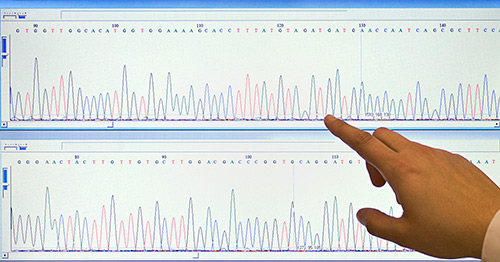
A computer system developed by Deep Genomics can mimic how cells read DNA to sustain life. It can also show what happens within cells when DNA is altered. These capabilities, extended and enhanced by means of machine learning, allow the system to do more than suggest correlations between genetic variations and specific diseases. The system can establish causal associations.
Deep Genomics uses a form of machine learning called deep learning, a relatively new form of informatics. Deep Learning, the company insists, offers a scalable, flexible, and unified computational approach for pattern discovery. The company has reported that deep learning can outperform other modeling approaches.
For example, the company indicated that it used deep-learning algorithms to derive a computational model that takes as input DNA sequences and applies general rules to predict splicing in human tissues. The model led to novel insights into the genetics of autism, cancers, and spinal muscular atrophy.
“A lot of companies talk about big data, says Brendan Frey, Ph.D., CEO and lead scientist at Deep Genomics. “Our system is different because it is based on accurate models of how biology works.”
To read the rest of this article click here.












